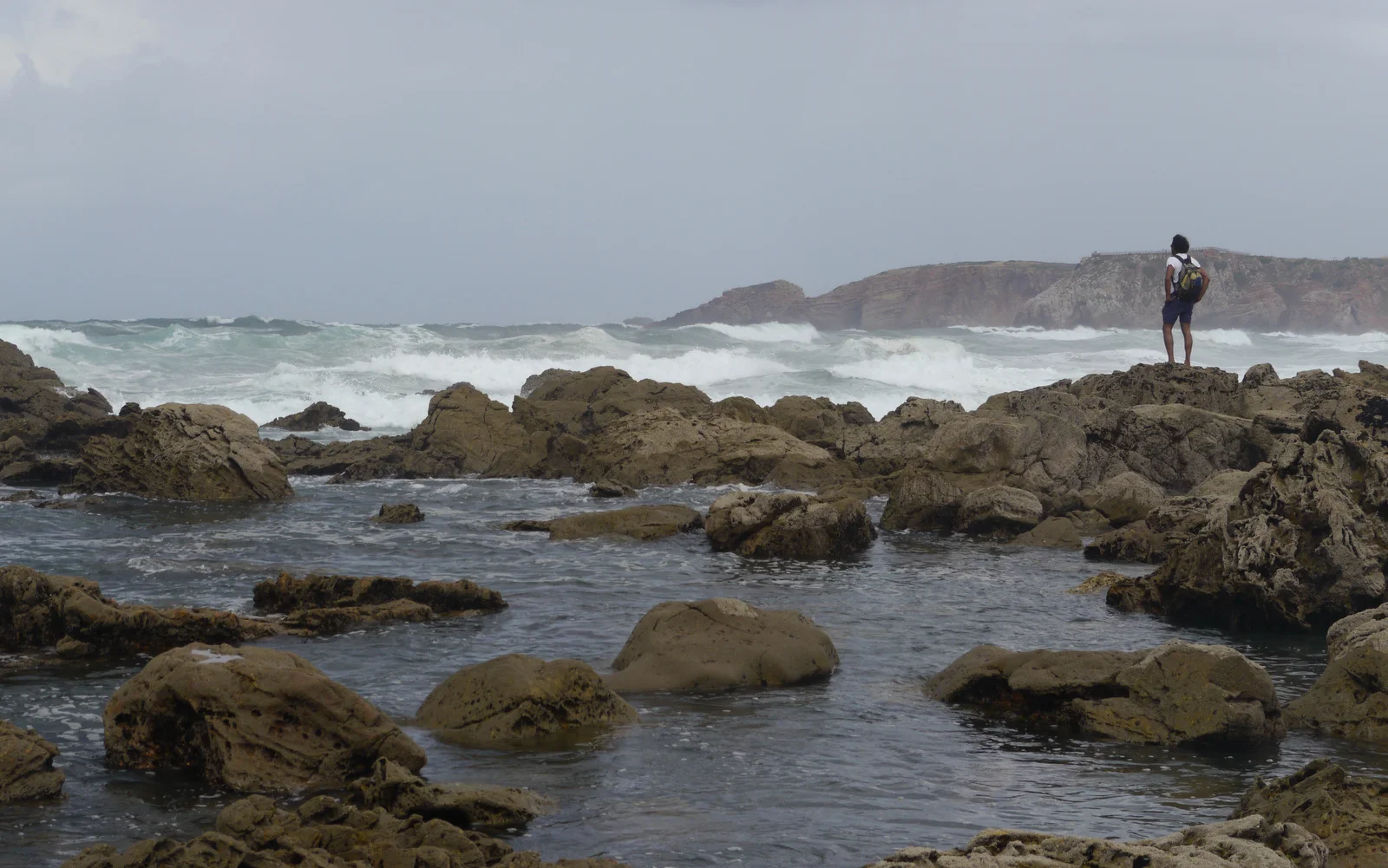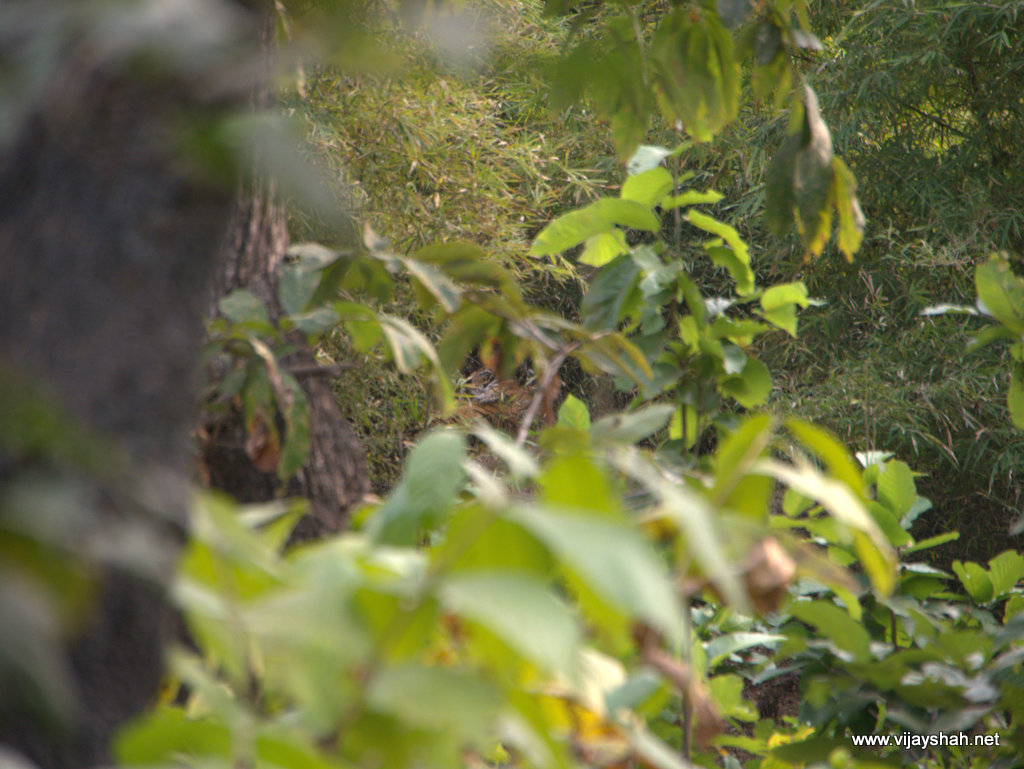We've been watching 'Stick Duck' for over a month as he toiled tirelessly right outside our balcony in the marina lake moving sticks around. He fetched the sticks from the other side of the lake, or from the lake bed diving deep down and reappearing with a prized stick in his mouth. The sticks tended to be double his size and we watched as his little beak strained to hold onto them. But his hard work paid off and we were treated to see a nest emerge just under the next door neighbour's mooring. We can only glimpse the side of the nest from our vantage point but Stick Duck was clearly going to impress some female very soon!
Stick Duck isn't actually a duck but a coot, he is all black with a distinctive white forehead. Coots are also the smallest of the waterbirds that reside in the marina making his endeavours even more remarkable to watch.
We were mightily impressed by Stick Duck's work and undoubtedly Stick Duck must've been to. But then, a week ago the marina lake received a couple of visitors. These two visitors, Great Crested Grebes, started to hang around the lake by Stick Duck's nest. They were double the size of Stick Duck and double the number. In our naivety we thought nothing on it but they had other intentions. What happened next broke our hearts.
Over the course of two days a battle ensued between the two Grebes and Stick Duck and culminated this morning. I caught the fight from the kitchen window
Stick Duck was no match for these two and despite putting on a very aggressive show he was evicted from his nest that he spent the last month making. The two Grebes didn't waste any time and have started to increase the size of the nest at an industrial pace.
As for Stick Duck, he spent some time in the area, watching from afar... but now has gone elsewhere. :(












